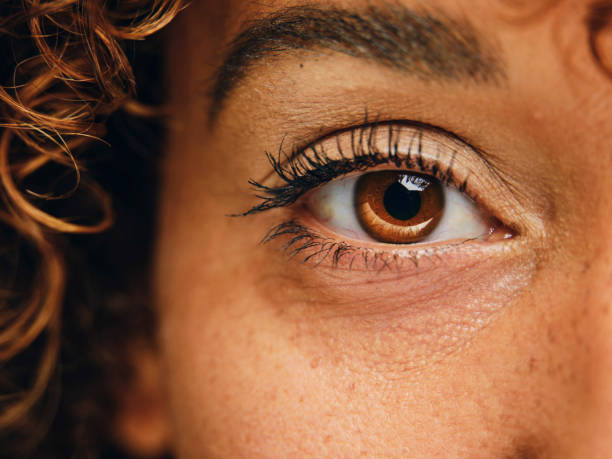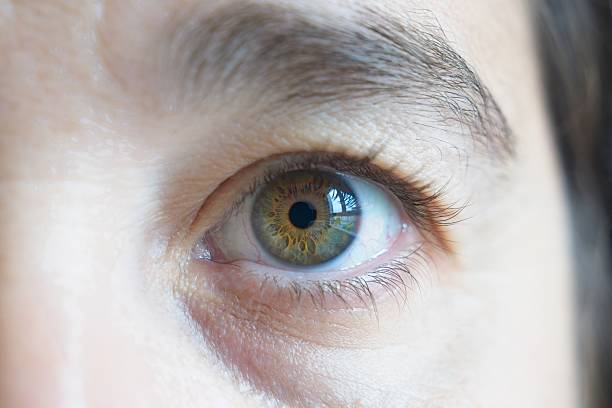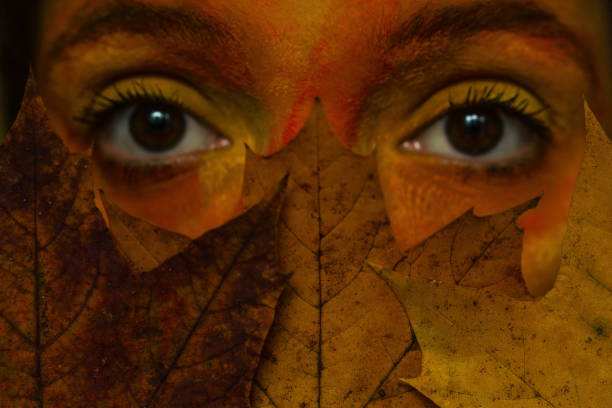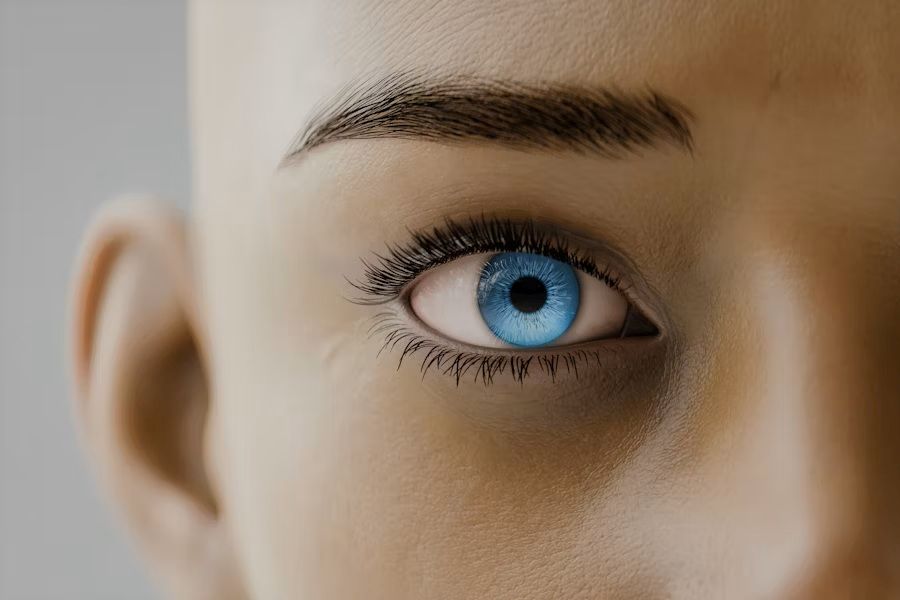Coșul tău este gol
Can Your Eyes Really Tell Your Life's Most Profound Story?

There's a moment when you look into someone's eyes and feel like you're glimpsing their entire soul. What if that glimpse could be captured, preserved, and transformed into a piece of art that speaks volumes about who you truly are?
In the intricate landscape of personal storytelling, eye portraits have emerged as a revolutionary medium for expressing identity – a visual narrative more intimate and profound than any photograph could ever capture.
The Hidden Language of Eyes
Imagine your eyes as a living canvas, painted with the subtle brushstrokes of genetic inheritance, personal experiences, and unspoken emotions. Every iris is a unique universe, containing layers of stories that extend far beyond simple color or shape.
From the moment we're born, our eyes begin recording our journey. They absorb light, reflect emotions, and carry the subtle genetic markers of our ancestral lineage. Unlike any other part of our body, eyes remain unchanged throughout our lifetime, serving as a permanent record of our individual essence.
Beyond Mere Physical Representation
Eye portraits aren't just images – they're deeply personal artifacts that capture something far more nuanced than traditional photography. Where a standard portrait might show how you look, an eye portrait reveals who you are at your most fundamental level.
Consider the profound difference. A standard photograph captures an external moment, frozen in time. An eye portrait, however, delves into the internal landscape – the intricate patterns, the subtle color variations, the microscopic details that tell a story uniquely yours.
The Science of Personal Storytelling
Modern scientific understanding reveals that our irises are more than just aesthetic features. They're complex biological structures that carry genetic information, reflect health conditions, and even hint at ancestral migrations.
Each iris contains approximately 250 unique characteristics – making them more distinctive than fingerprints. These characteristics are formed before birth and remain constant throughout our lifetime, creating a permanent record of our biological identity.
Cultural Significance of Eye Representation
Throughout human history, eyes have held profound symbolic meaning. Ancient civilizations viewed them as portals to the soul, windows through which inner spirits could be glimpsed. From Egyptian hieroglyphs to Renaissance paintings, artists have long been fascinated by the depth and complexity of human eyes.
Today, we're witnessing a renaissance of this ancient fascination, powered by technological innovation and a growing desire for personal authenticity.
Technology Meets Personal Narrative
Digital technology has transformed how we capture and interpret eye portraits. What was once a complex, expensive process requiring specialized medical equipment can now be achieved with a high-resolution smartphone camera.
Platforms like Iris Blink have democratized this art form, allowing individuals to transform their unique eye patterns into stunning visual narratives. The process is simple yet profound – capture your iris, and watch as advanced algorithms and artistic interpretation reveal the extraordinary within the ordinary.
Personal Transformation through Art

For many, creating an eye portrait becomes a deeply emotional journey of self-discovery. It's not just about creating a piece of art – it's about acknowledging and celebrating the unique story written in your biological blueprint.
Individuals have shared remarkable experiences of connection and understanding. Some discover familial connections they never knew existed. Others find healing in seeing their physical characteristics transformed into something beautiful and meaningful.
Therapeutic and Emotional Dimensions
Eye portraits offer more than aesthetic value – they provide a powerful tool for emotional exploration and personal healing. In a world that often feels fragmented and impersonal, these artistic representations offer a moment of profound self-reflection.
Psychologists suggest that engaging with such personal art can boost self-esteem, promote emotional understanding, and create a sense of continuity with one's personal history.
Global Perspectives, Individual Stories
What makes eye portraits truly remarkable is their ability to celebrate individual diversity while simultaneously highlighting our shared human experience. Each portrait tells a unique story, yet collectively they form a beautiful tapestry of human complexity.
From urban professionals to indigenous communities, from young students to elderly individuals, eye portraits provide a universal language of personal expression.
The Future of Personal Art
As technology continues to evolve, eye portraits represent an exciting frontier of personal artistic expression. Imagine future technologies that could extract even more detailed narratives from these microscopic landscapes – genetic stories, emotional histories, potential health insights.
We're not just creating art – we're developing a new form of personal documentation that goes beyond traditional photography.
An Invitation to Self-Discovery
Your eye is more than an organ – it's a living, breathing autobiography. Each line, each color variation, each microscopic pattern tells a story that is exclusively yours.
An eye portrait isn't about vanity or aesthetic perfection. It's about recognition – acknowledging the extraordinary complexity that resides within something we often take for granted.
Conclusion: Your Story, Revealed
In a world that constantly seeks to categorize and simplify human experience, eye portraits offer a radical alternative. They remind us that identity is not a fixed concept but a complex, beautiful, ever-evolving narrative.
Your eyes have witnessed your entire life's journey. They've seen your struggles and triumphs, your moments of vulnerability and strength. Now, they can become a work of art – a testament to your unique existence.
Are you ready to see yourself differently?
Lasă un comentariu
Comentariile vor fi aprobate înainte de apariție.




